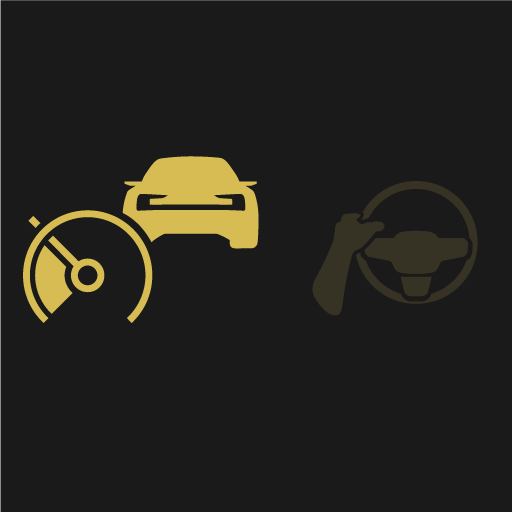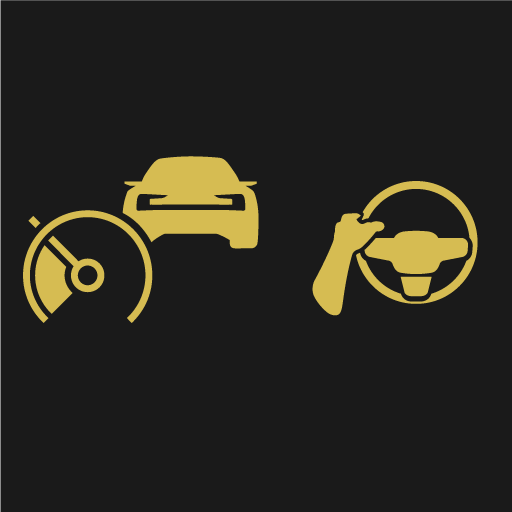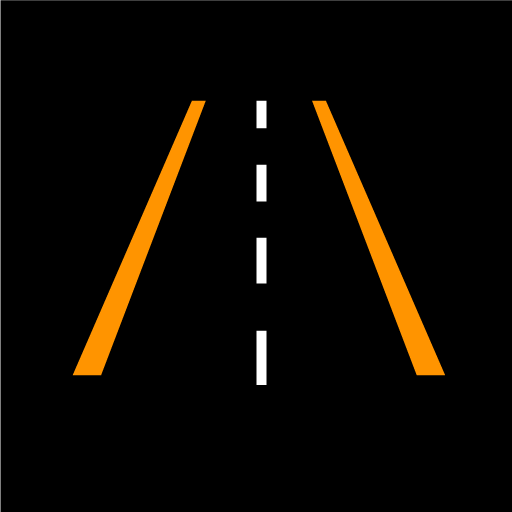Differences between Pilot Assist* and Lane Keeping Aid
Pilot Assist
Pilot Assist can help you to steer your vehicle between the lane markings, as well as maintain a preset speed and distance to the vehicle ahead. The function can also use the lane's side marker lines to help the driver maintain a favorable position in the lane.
What does Pilot Assist do?
- Can help to keep the vehicle within its lane by assisting steering in some cases.
- Can help to maintain a preset speed or the distance to the vehicle ahead by means of acceleration and braking operations.
How do I know that Pilot Assist is on?
Symbols in the vehicle's instrument panel let you know when Adaptive Cruise Control* and Pilot Assist are on.
 | Both of the functions are selected but not active. |
 | Adaptive Cruise Control is active. Pilot Assist is selected but not available. The conditions for the function are not met. |
 | Both of the functions are active. |
Lane Keeping Aid
Lane Keeping Aid can provide steering assistance and/or a warning to the driver when the vehicle is about to leave its lane unintentionally. The function is active between 65-200 km/h (40-125 mph) on roads with clearly visible side markings.
What does Lane Keeping Aid do?
- Lane Keeping Aid can provide the driver with steering assistance, steering the vehicle back into its lane and/or providing warnings using acoustic signals or steering wheel vibration.
How do I know that Lane Keeping Aid is on?
Symbols in the vehicle's instrument panel show the function status.

An extinguished symbol in the instrument panel means that the function is on but that the conditions for LKA have not been met.

White symbol in the instrument panel means that the conditions for LKA have been met and that the function is available.

A colored symbol in the instrument panel means that LKA provides steering assistance back into the lane and/or gives a warning with sound or vibration in the steering wheel.
Warning
- The function is supplementary driver support intended to facilitate driving and help make it safer – it cannot handle all situations in all traffic, weather and road conditions.
- The driver is advised to read all sections in the Manual about this function to learn of its limitations, which the driver must be aware of before using the function.
- Driver support functions are not a substitute for the driver's attention and judgment. The driver is always responsible for ensuring the vehicle is driven in a safe manner, at the appropriate speed, with an appropriate distance to other vehicles, and in accordance with current traffic rules and regulations.





